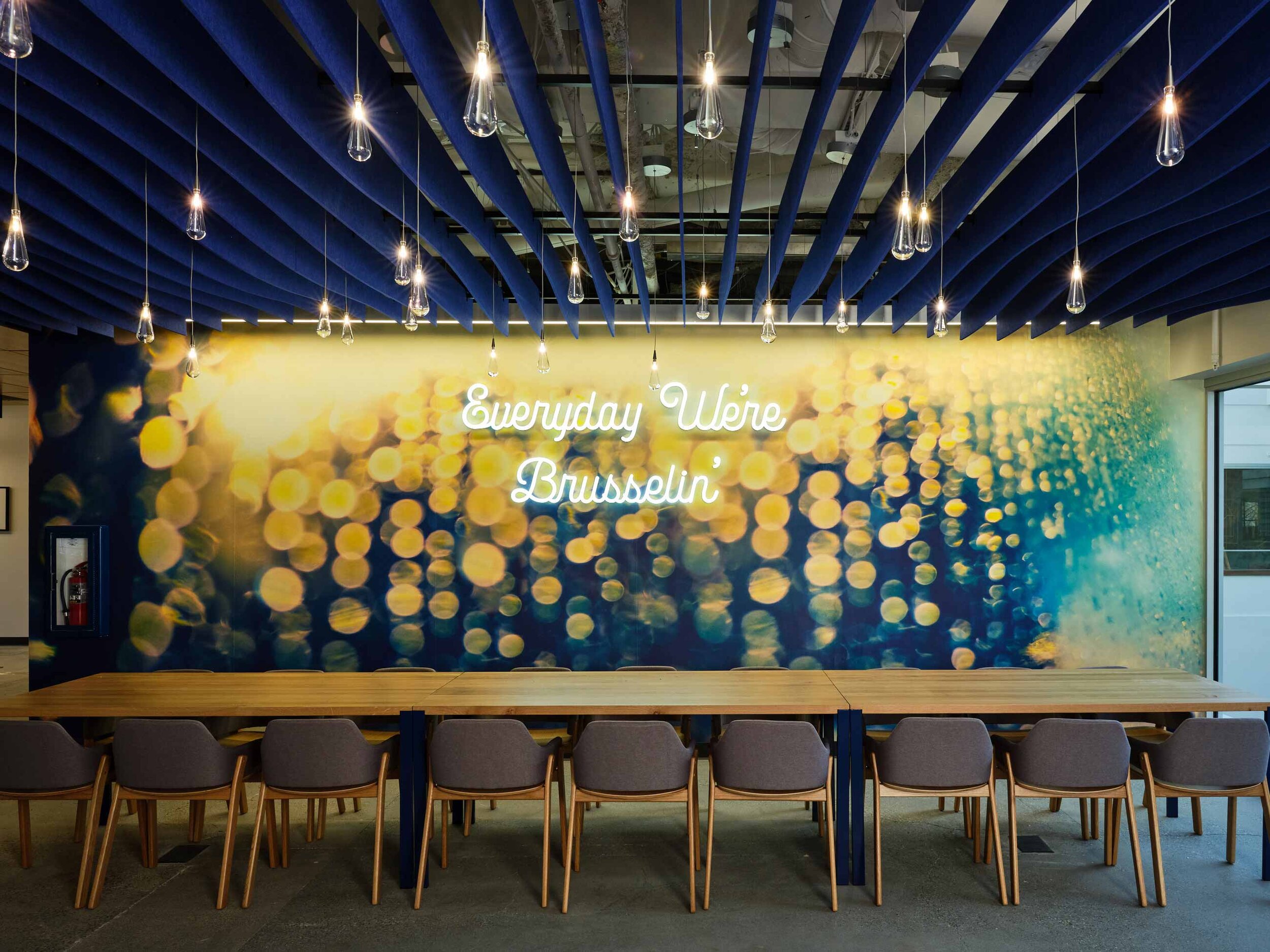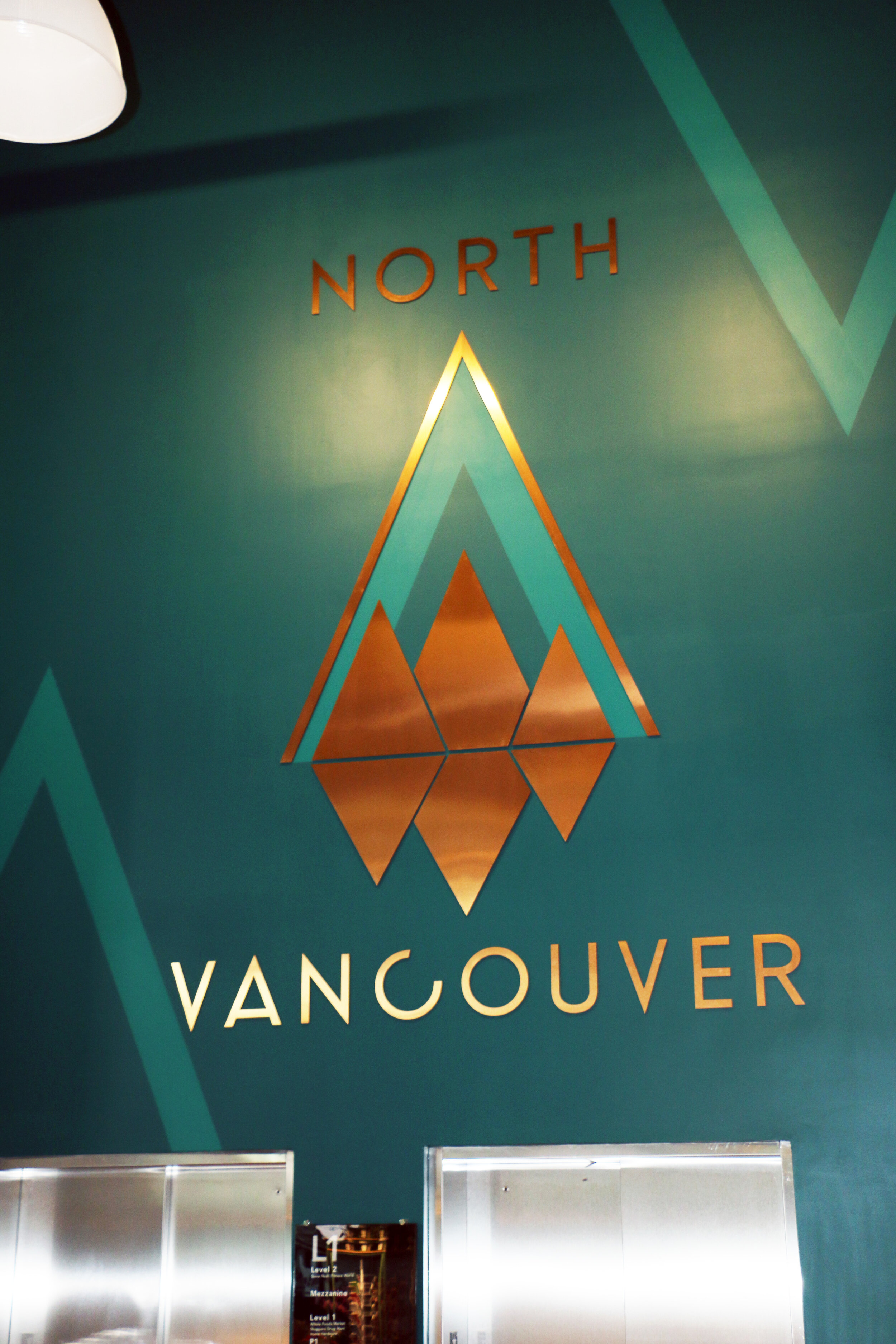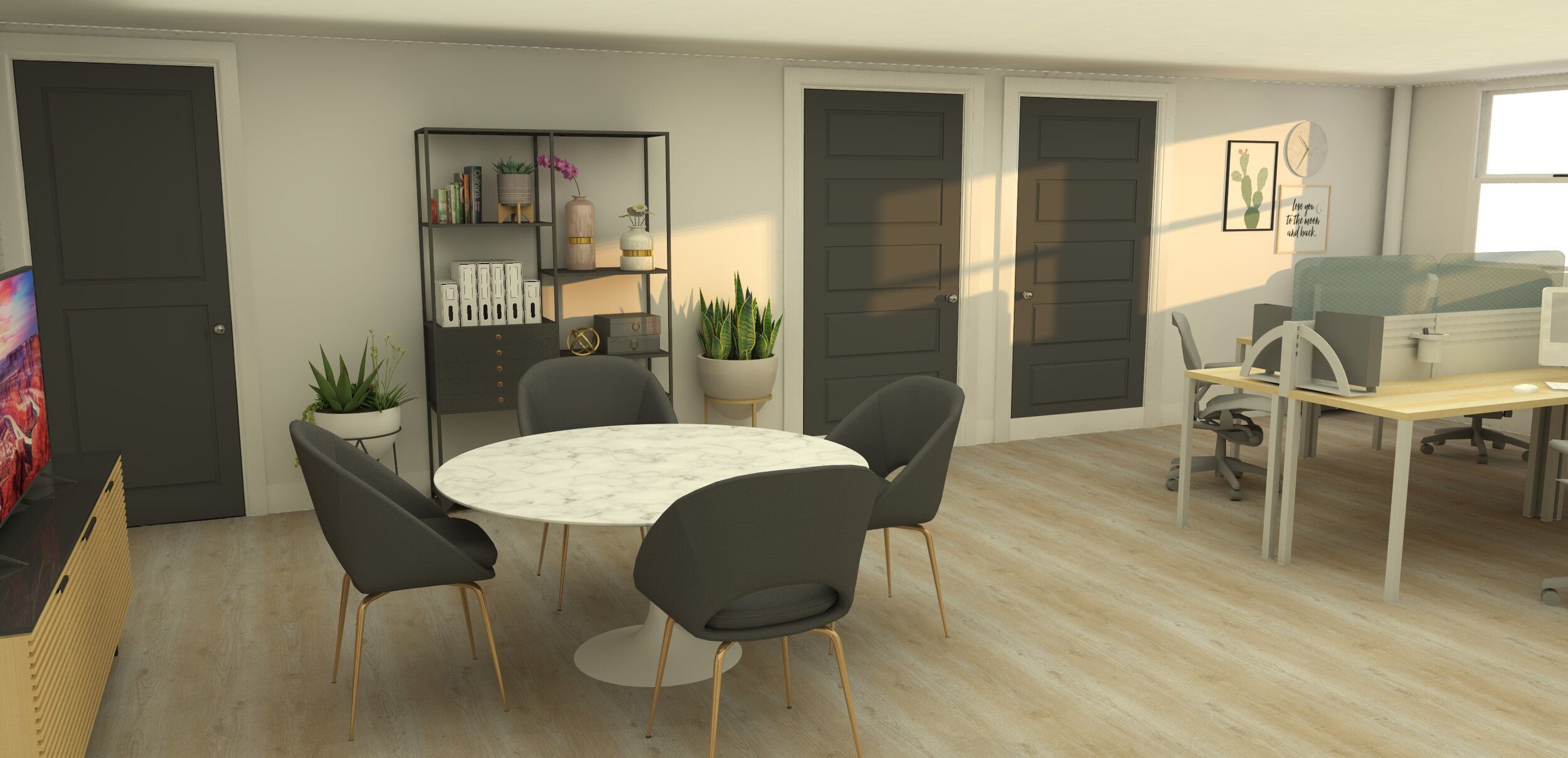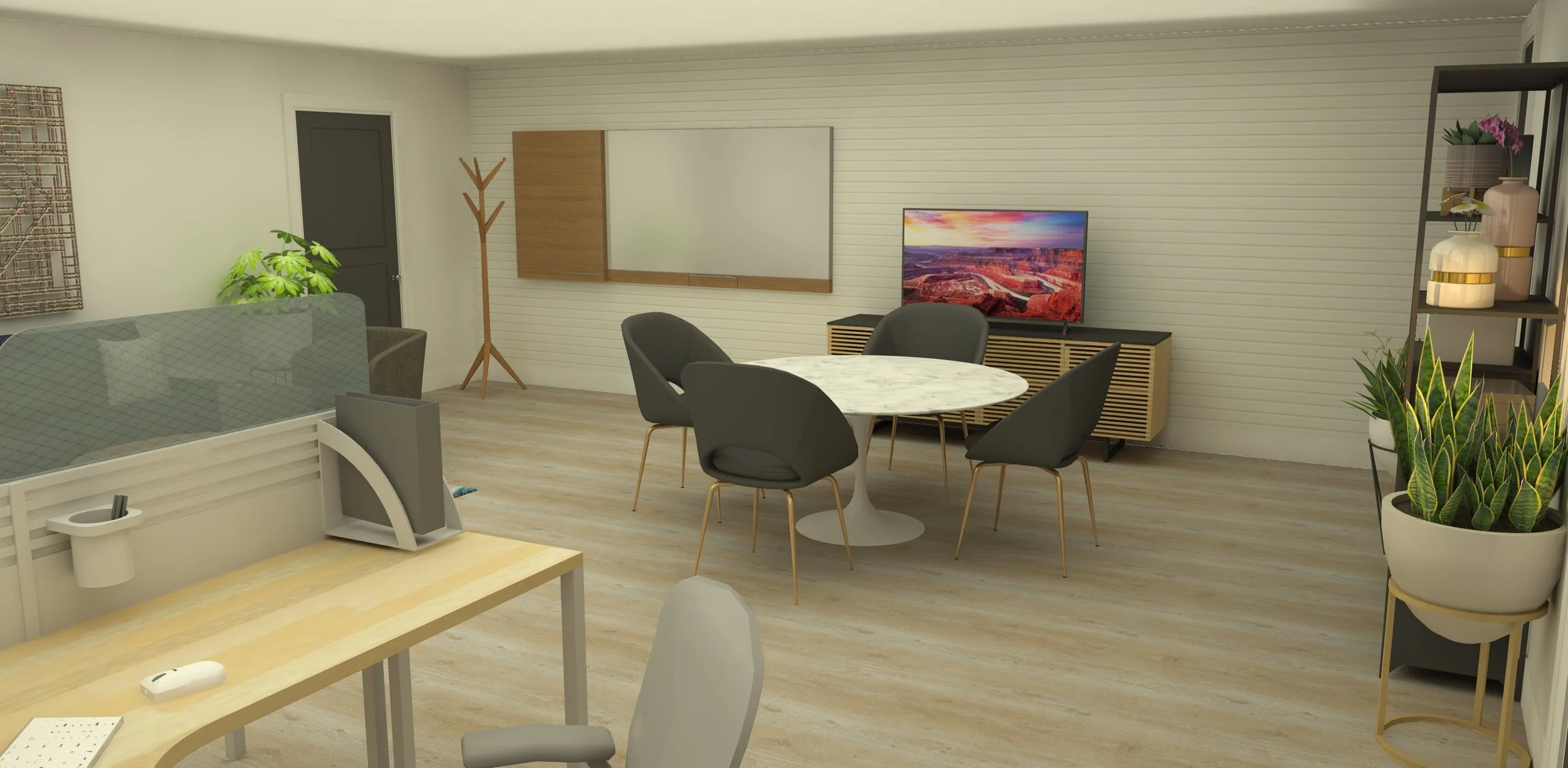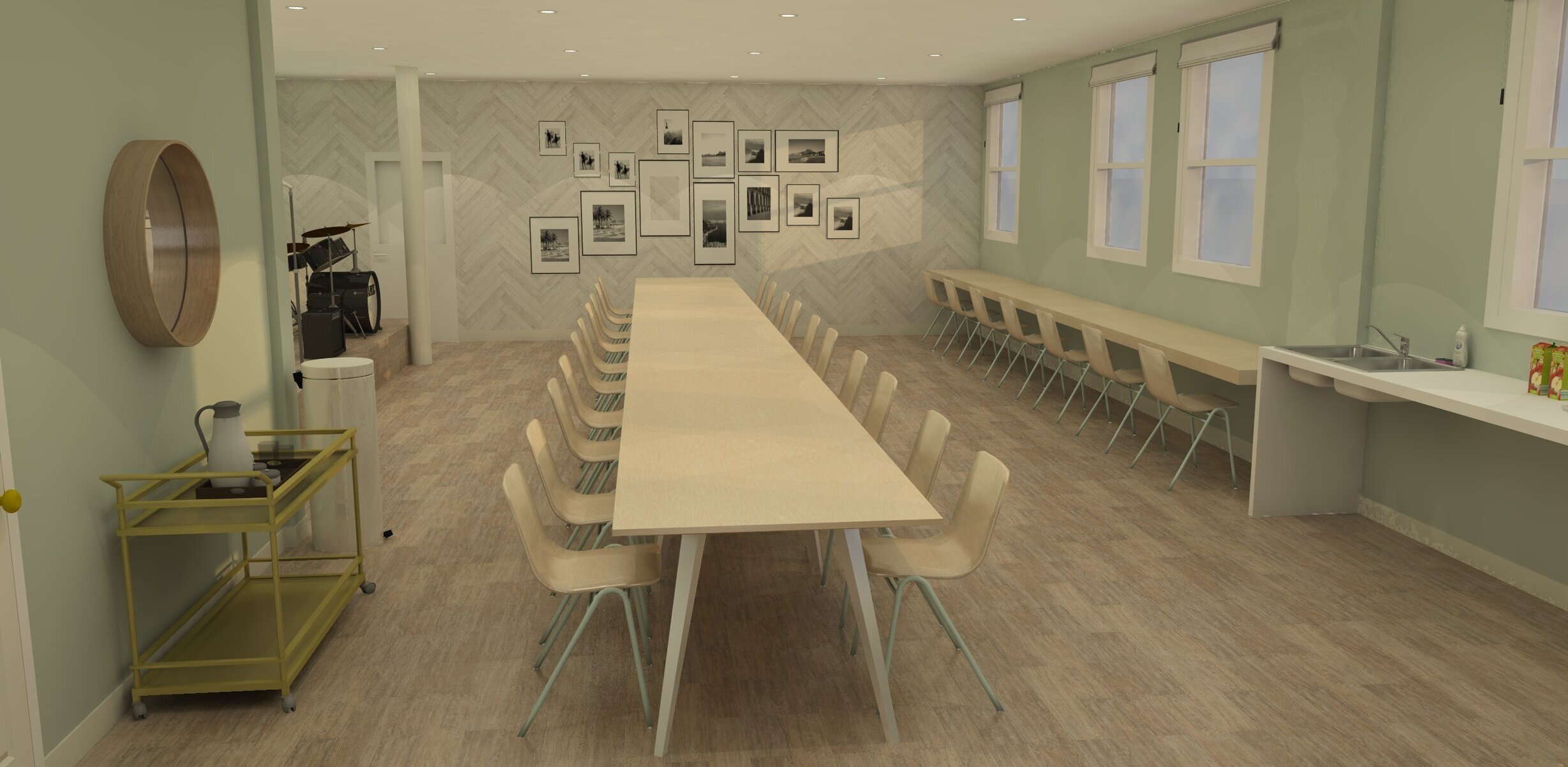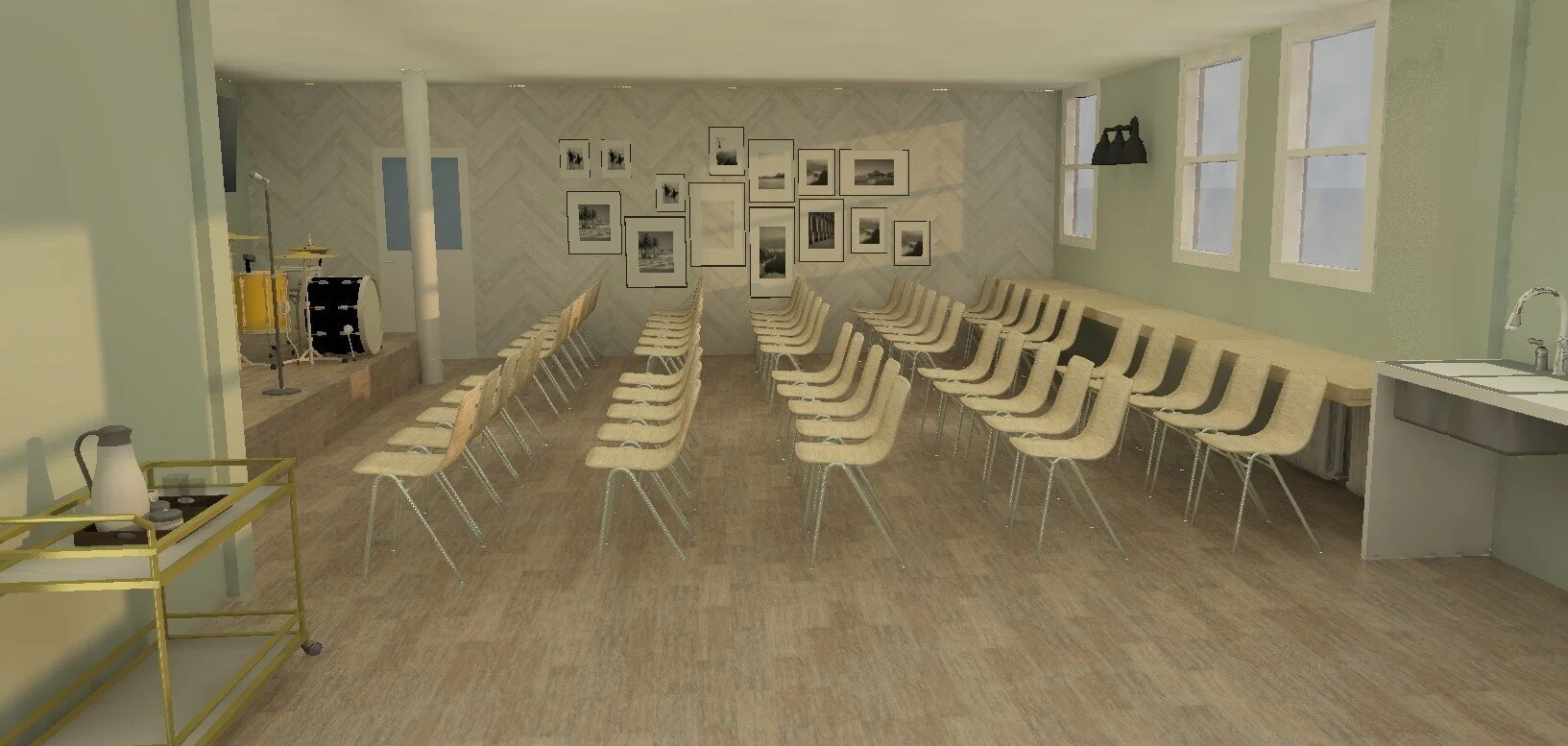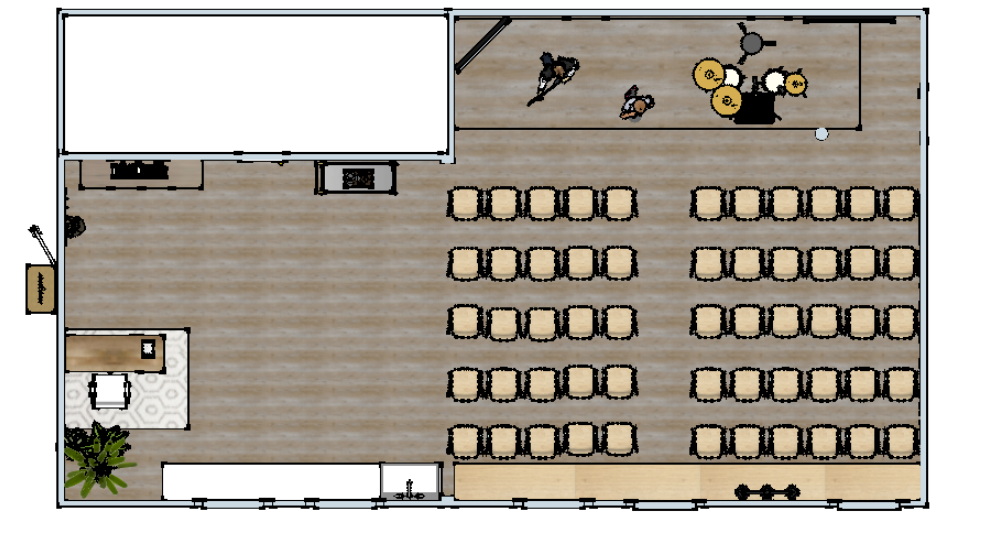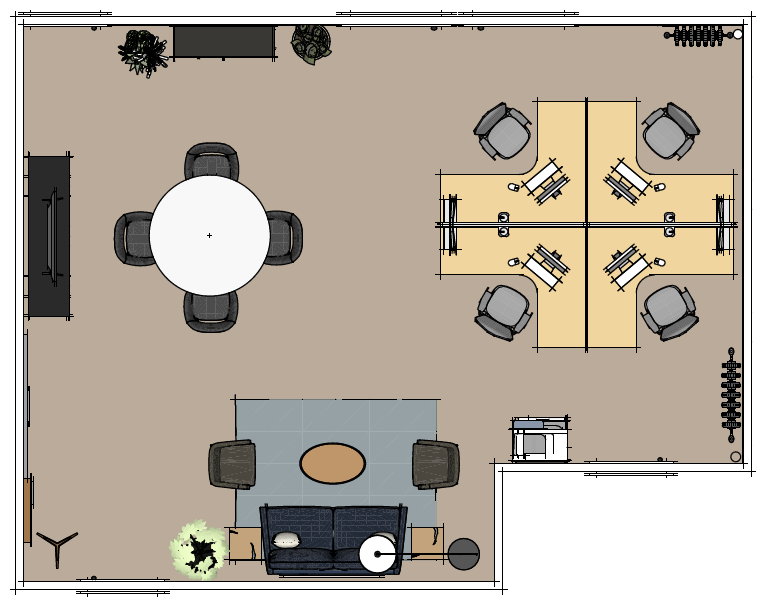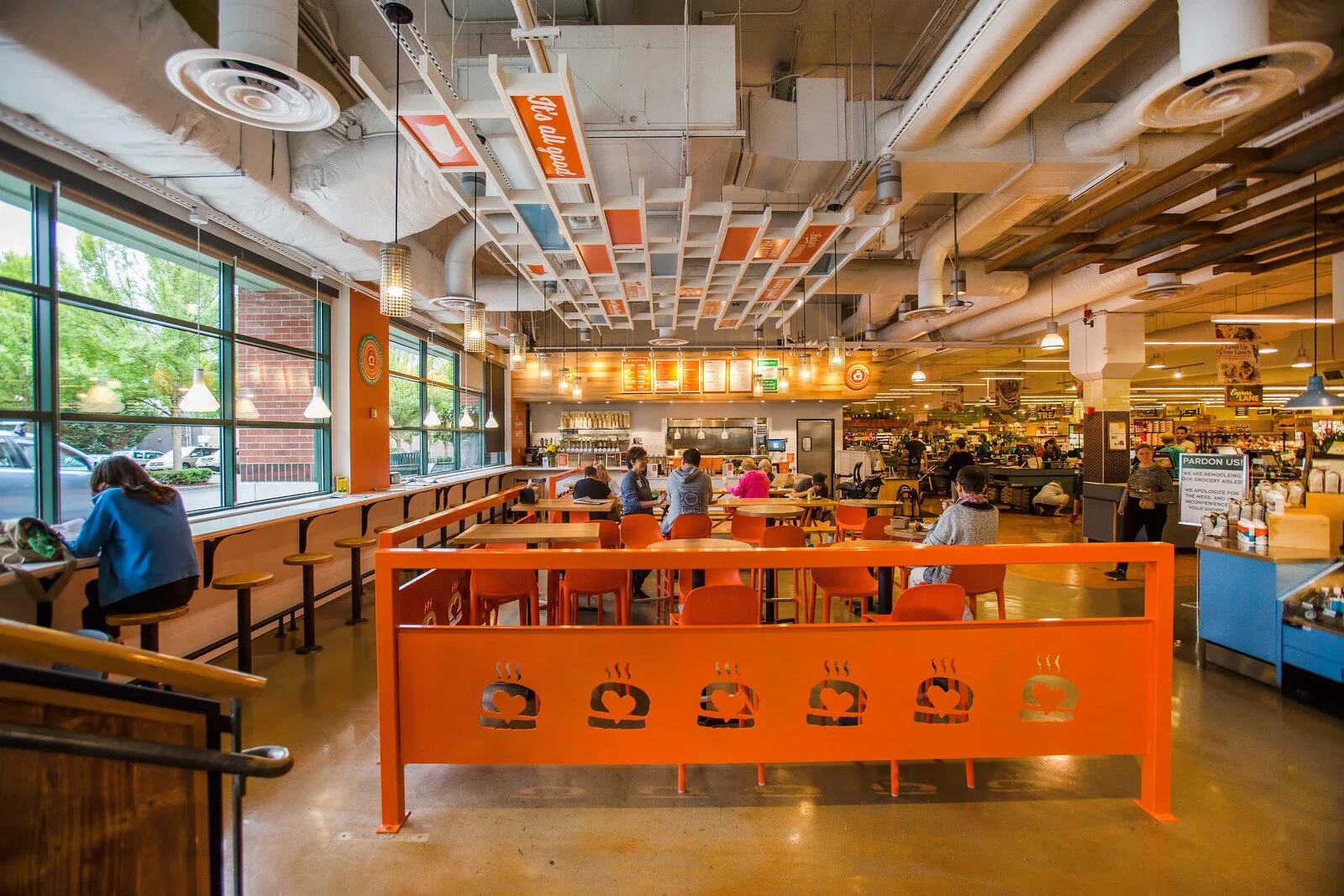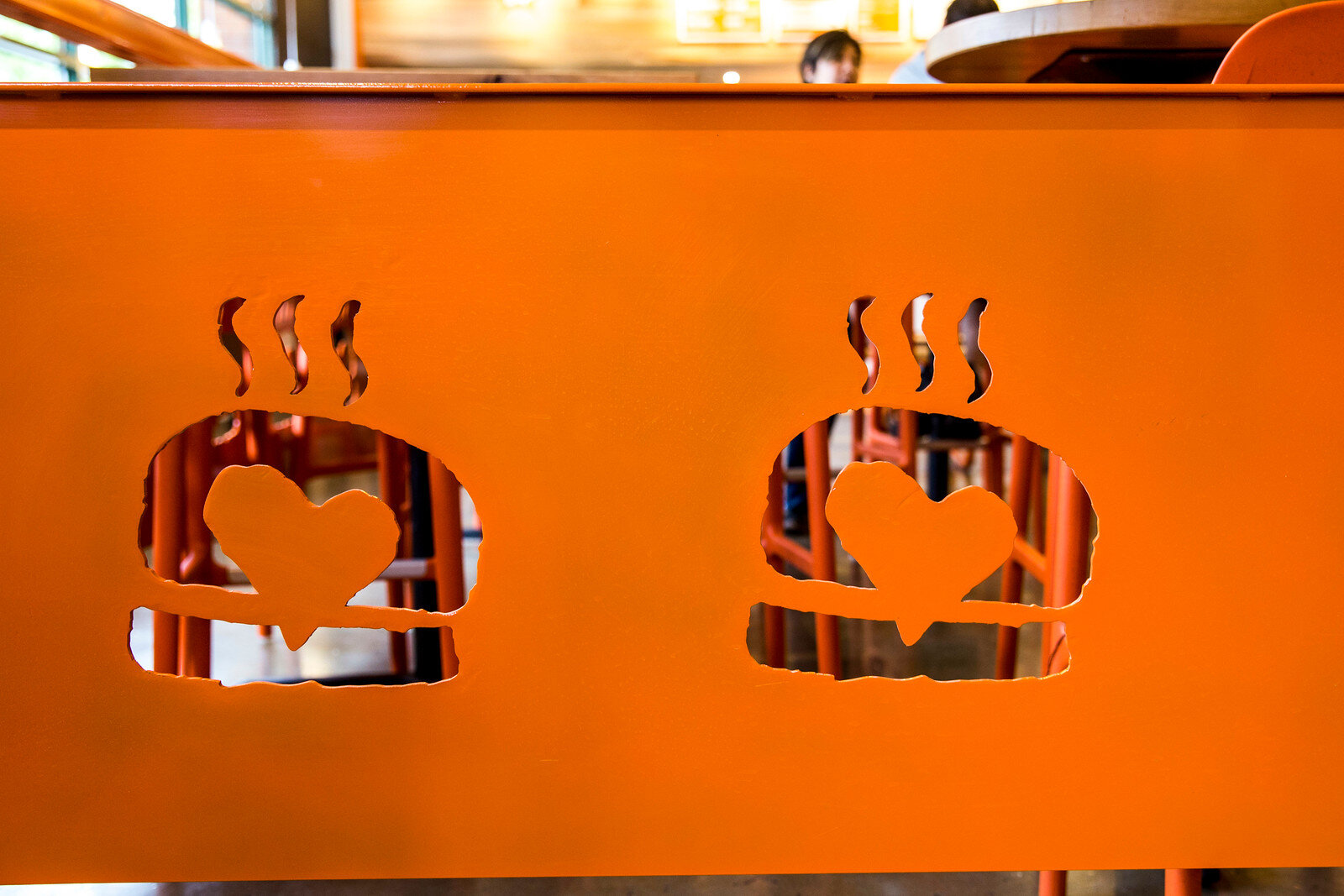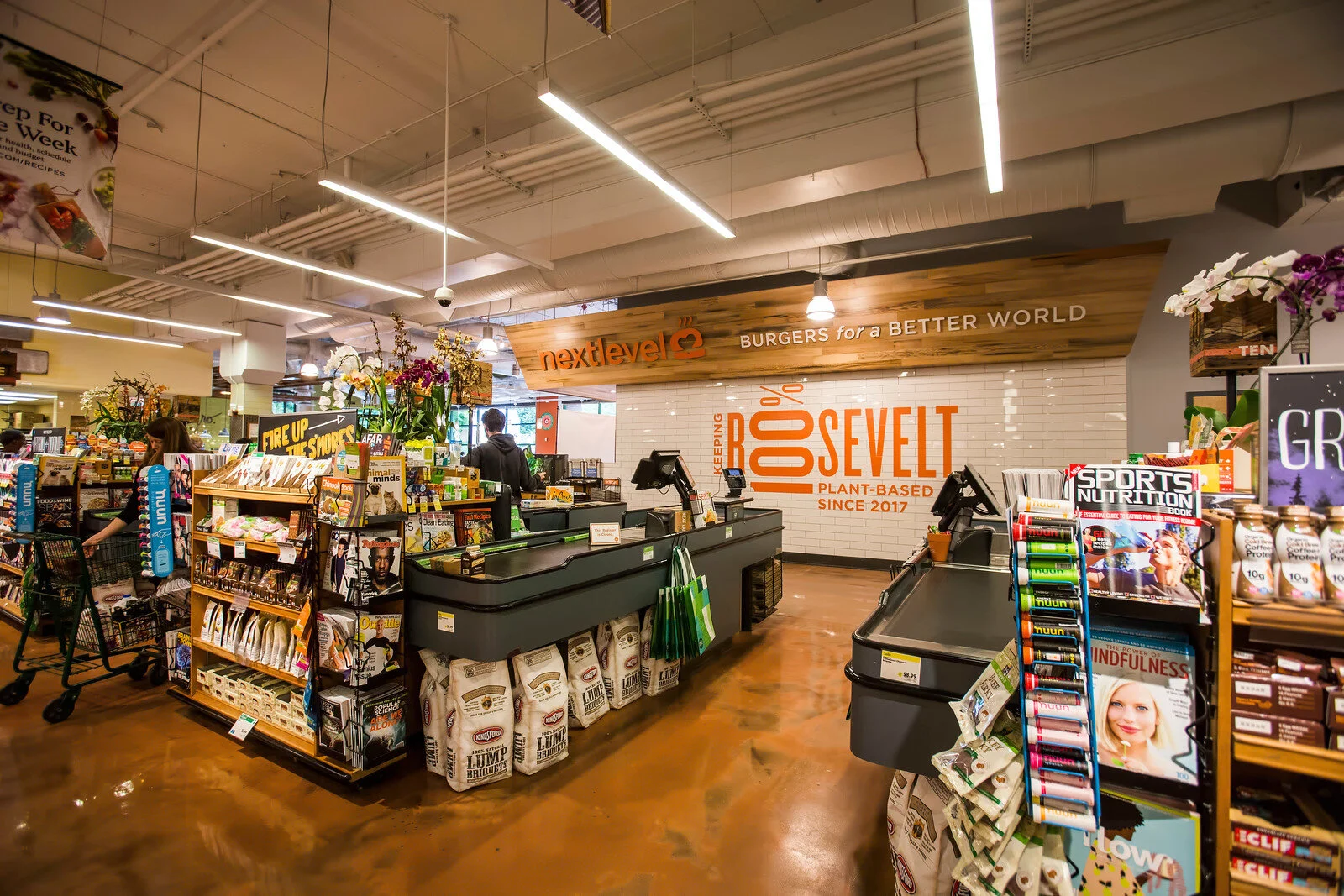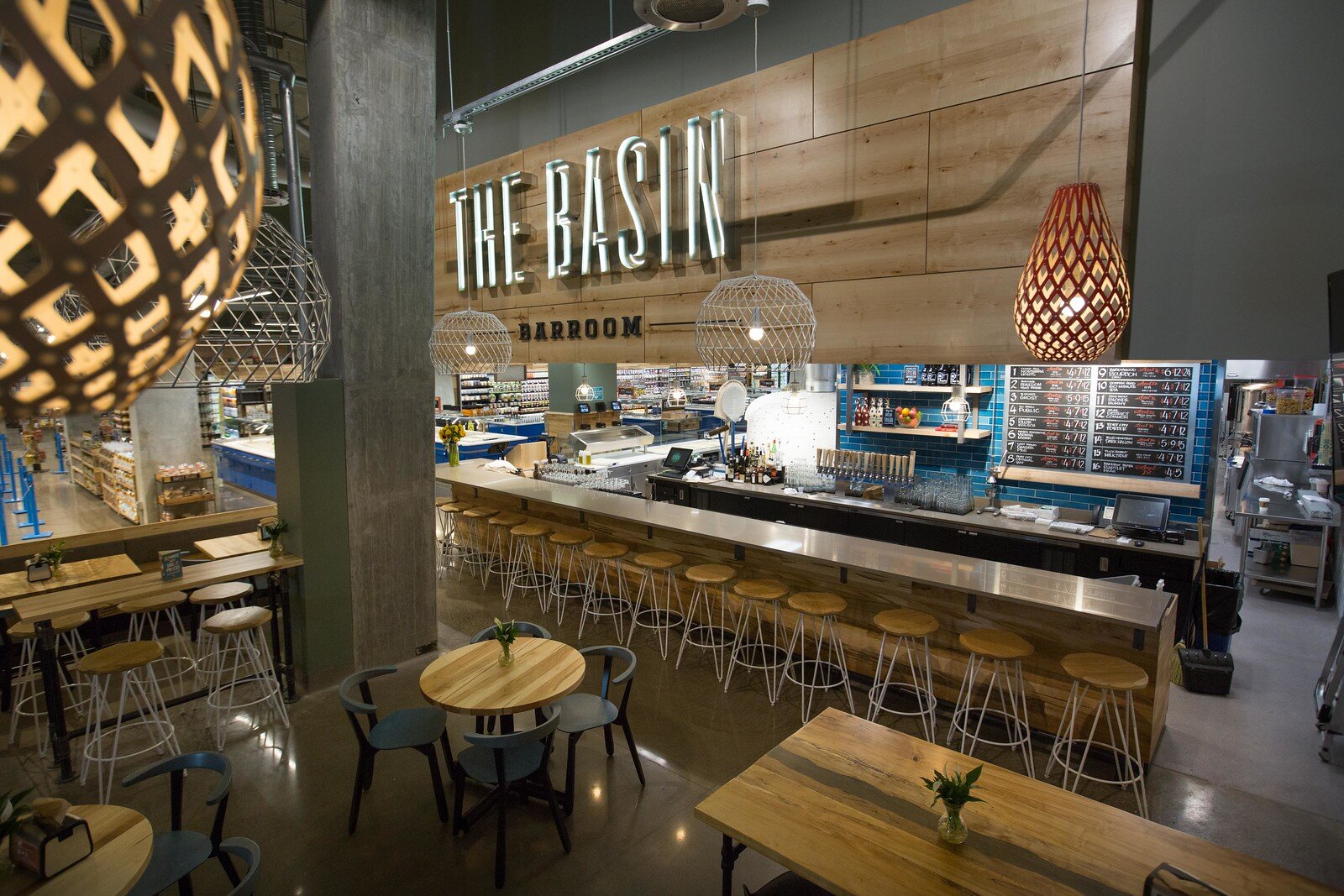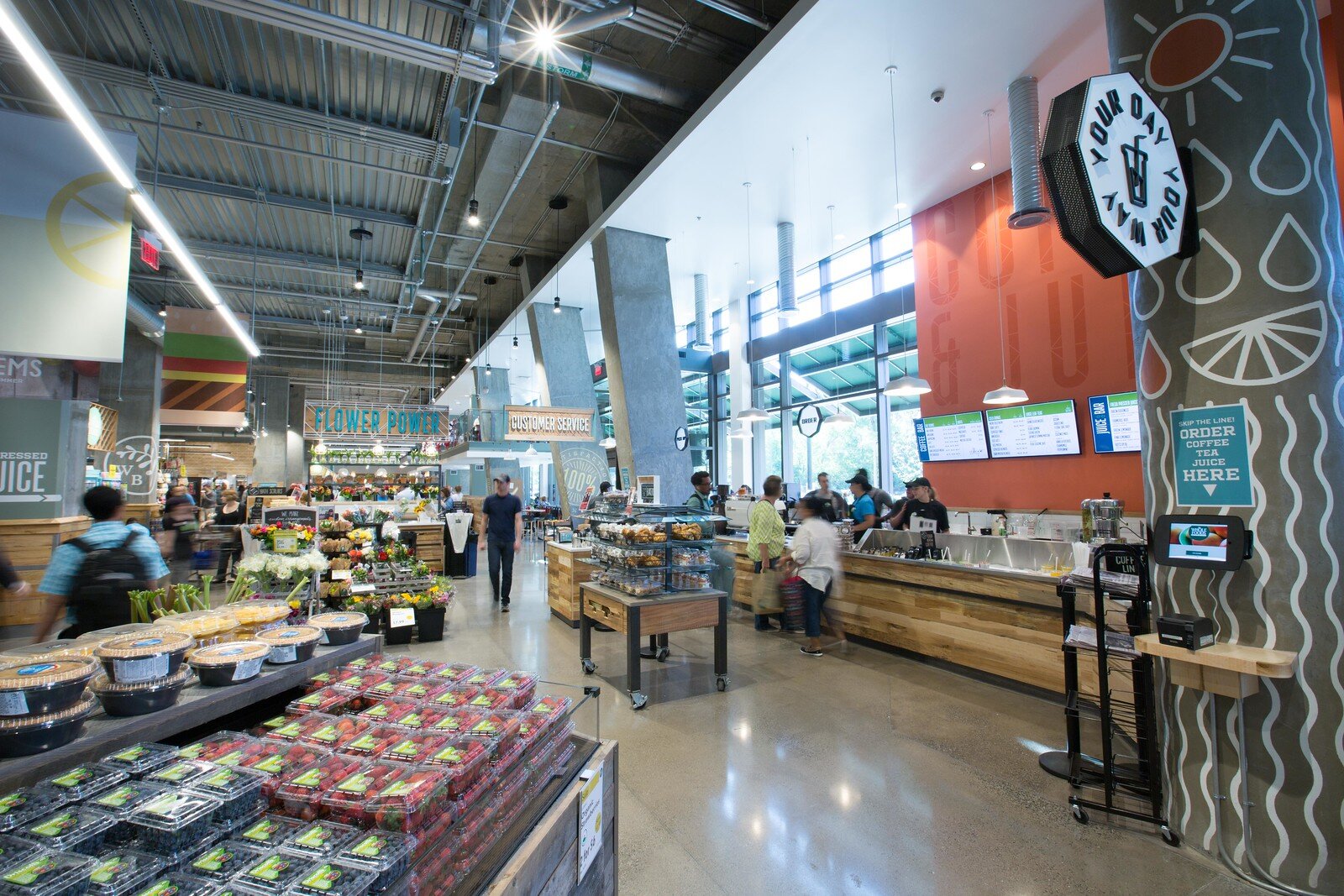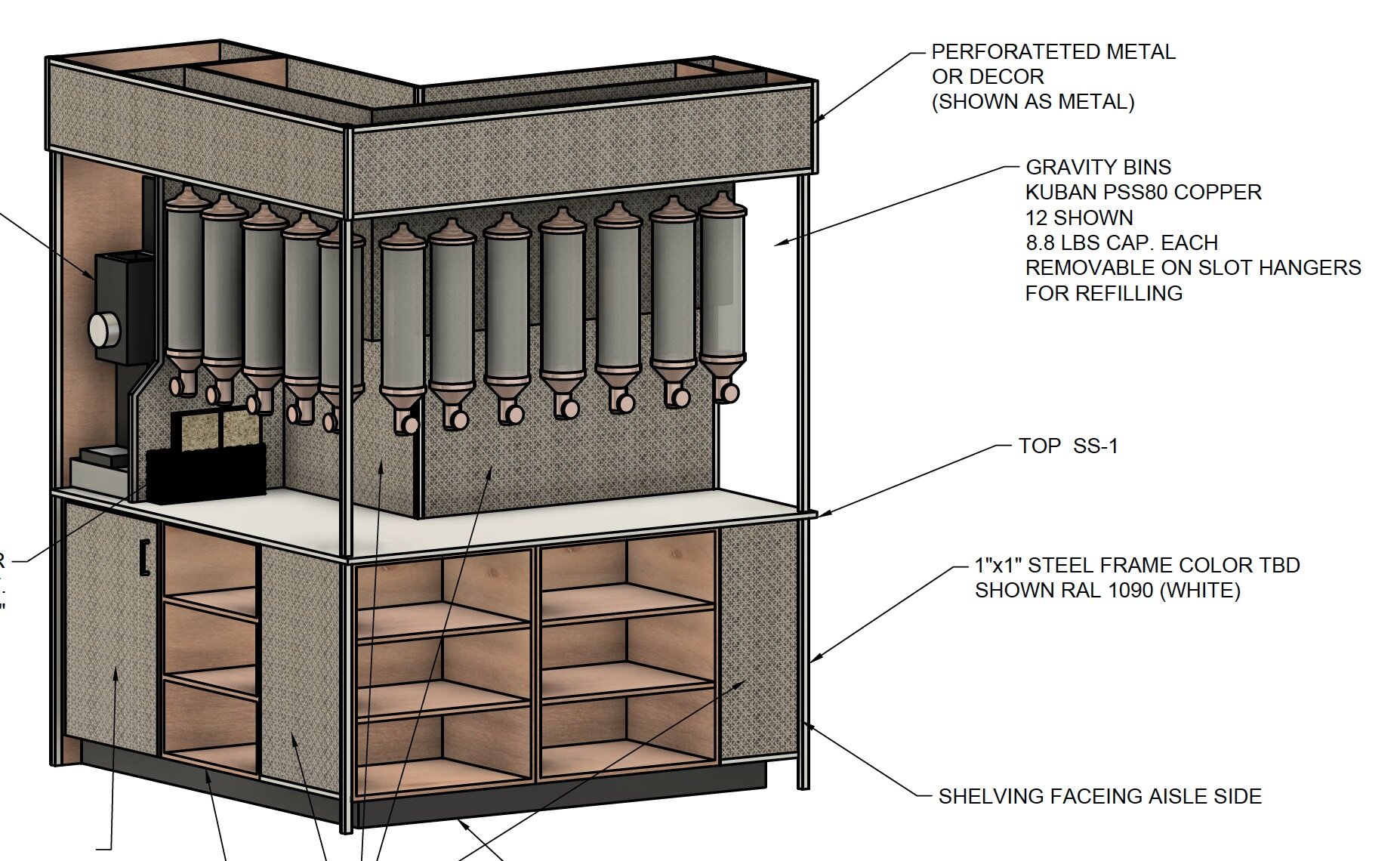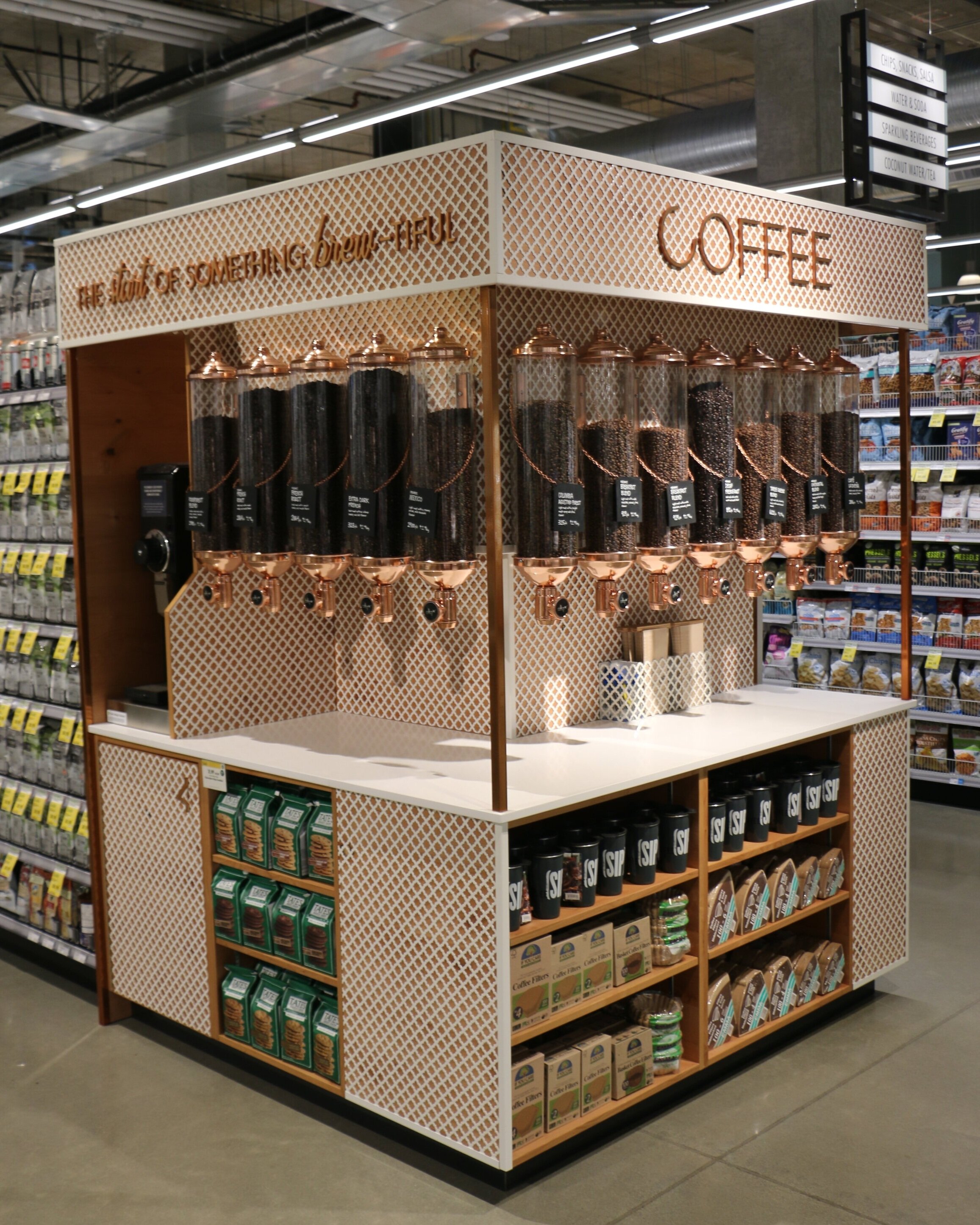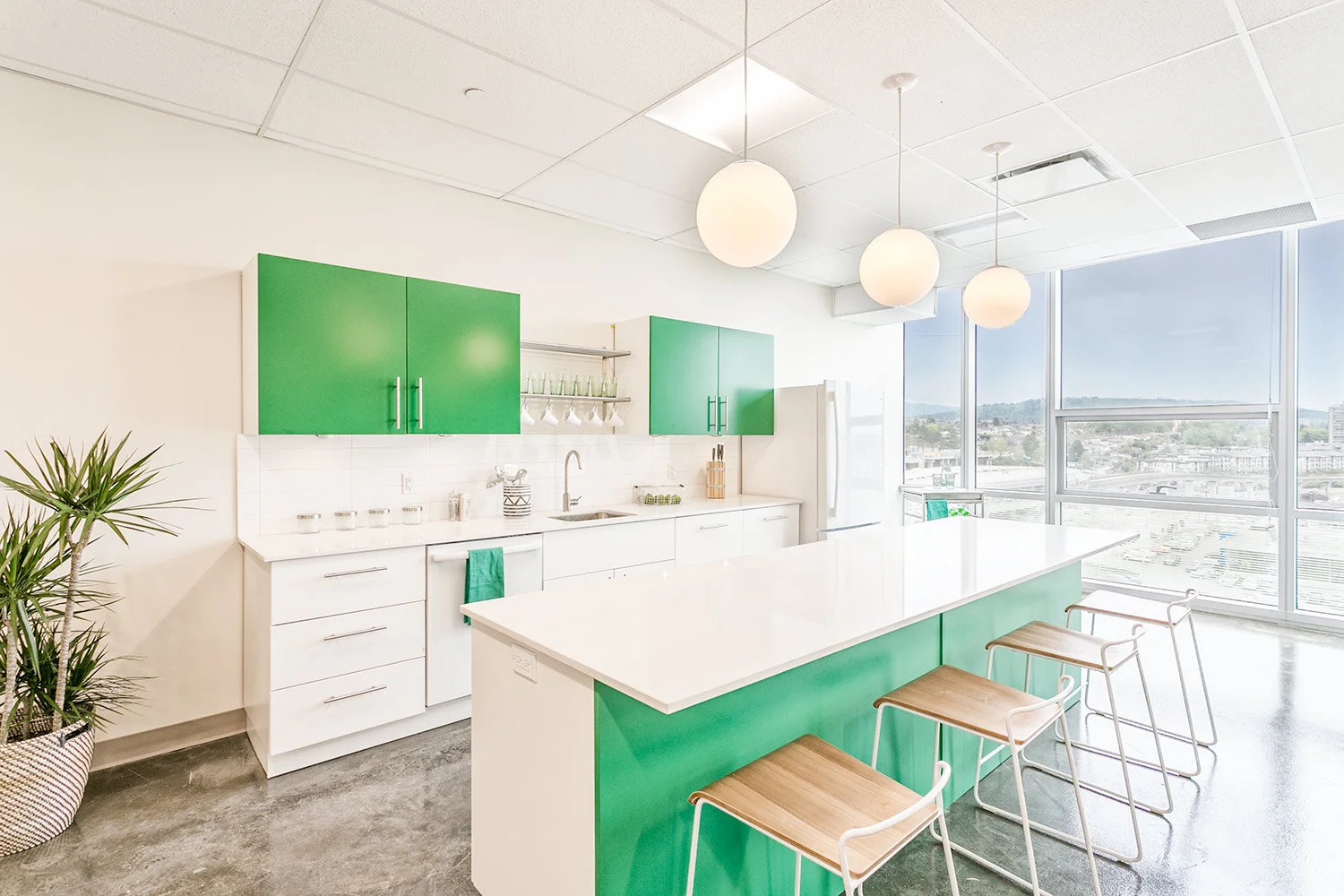OVERALL DESIGN APPROACH
All of my designs start with function. A great looking piece doesn’t work if it can’t serve its main purpose. I ask the questions, ‘what does it need to do’, ‘what environment does it need to function in’, ‘how will the design and material selections stand up to wear/tear’, ‘can it easily be fixed or parts replaced.’ From there I start working on the design and aesthetics.
Once I have a base sketch, I have a meeting with the fabricator on what are the best ways to manufacture the piece for ease, speed and cost savings. I ask them questions like ‘can the design be simplified,’ ‘are there ways of keeping the overall design aesthetic but make it more cost-effective,’ ‘how quickly can we get the materials needed,’ etc.
After I have a good first pass, I then have meetings with the various stakeholders that would be impacted by the design. For retail fixtures, this is typically operations. From there I show them the thought process so far, what’s been addressed and ask if there is anything I missed. We begin the dialogue and make any necessary adjustments. I go back and share the changes made with the engineers, then get buy-in from stakeholders for final passes before going into fabrication.
After each piece is made and has been implemented, I check in with all stakeholders on how it’s working and what can be improved for next time. Once we’ve determined the fixture is a success, it is then used as the “standard” and implemented wherever needed, including new stores, remodels, etc.
While I’m always looking to push the envelope in design to catch the consumer’s eye, enhance the product itself and it’s perceived value to increase sales, ultimately it must function first and foremost.
WHITE BARSTOOL, BASIN PUB - PENTAGON CITY, VA
For the barstool pictured I wanted it to be reminiscent of the pentagon shape, as this was for the pub at the Pentagon City store. A talented furniture designer, Marco Bogazzi, and I collaborated together on a design with a solid wood seat carved on the edges to look like a cut gem, with metal legs and foot glides for concrete floors that would hold up to years of heavy wear and tear.
BULK COFFEE FIXTURE, WFM - NORTH VANCOUVER, BC
The coffee fixture that customers use to purchase bulk coffee beans in a grocery store is typically uninspired. I wanted to showcase the beans as they have a special story. The Allegro brand motto is “Coffee with Character” and I wanted a fixture to highlight this statement.
I started with the function of the fixture first. I found a canister that was not only beautiful, but the lids come off easily and the canisters themselves sit on a bracket that a Team Member can easily slide them off and onto a cart with the same bracket to load the heavy bag of bulk beans.
Once the system was figured out, operations wanted adjustable shelves for displaying bagged coffee and accessories, and cabinets to hold extra supplies. Finally, an area to keep bags and pens neat and tidy for customers labeling their purchase was integrated.
The end result was a fixture that increased bulk coffee sales, was pleasing to the eye, and functioned at an operations level that could be maintained as easily as the other systems typically found in stores keeping labor costs down.
BENCH SEATING & TABLES, IRON KEEL - NORTH VANCOUVER, BC
A struggle for furniture in cafes, restaurants, and stores with high traffic is offering a comfortable place to sit that is also easy for the operations team to maintain. When you have upholstery, it can easily be stained, scratched, torn and gouged. For the Iron Keel, I didn’t want to lose the comfort factor but wanted to have soft seating. I decided to design a bench that was fabricated in parts that could easily be removed should one area get torn or stained. Replacing one section that can be taken to a shop for repair or replacement without having to cut or tear out the whole fixture and close down the entire seating area is a huge cost saving over time.
First, the legs are metal to hold up to wear and tear. I specified a copper powder coat finish, with an additional clear coat sprayed on top. This would help with chipping and peeling over time keeping it looking new for years to come. I also decided to have the legs be an open design so that it was easier for operations to clean underneath the seats, saving cost on labor.
The fabric I specified for the seats was a hospital grade vegan leather with a high rub count that only needed a simple cleaning solution but could handle something stronger in case of a biohazard accident.
On the tables, I wanted the look of a marble top as it’s timeless, however real marble stains and chips easily, which is not practical in the long run. Instead, I specified that the tops be made out of quartz that looks like natural marble. Quartz is a better material for any kind of exposure to food, acids, and overall use.































